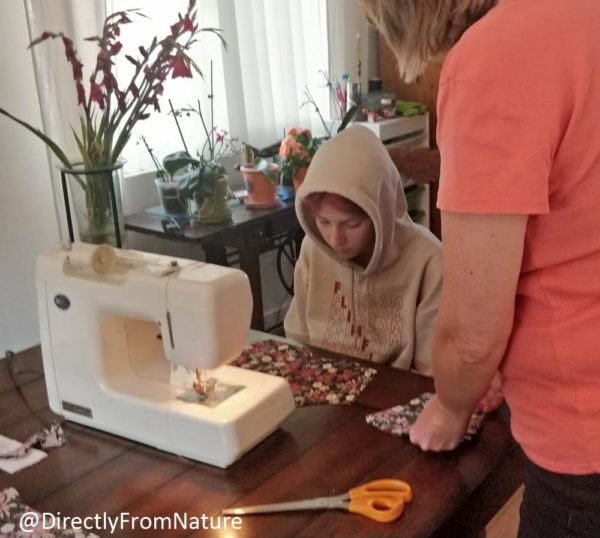America is facing an unprecedented challenge in protecting the health and lives of its citizens. Americans and citizens of several countries are falling victim to an invisible enemy, a virus. The threat comes from a new version of the Coronavirus known as COVID-19.
The deadly menace spreads fast. COVID19 was first acknowledged by the Chinese Communist Party in mid-January, declaring that its epicenter was Wuhan, China, a city of 11 million people. From Wuhan, the infection spread to countries around the world, notably South Korea, Italy and Spain.
The first outbreak in the United States occurred at a Seattle, Washington convalescent home at the end of February. From a handful of victims losing their lives in Seattle in late February, the death count in the United States today, a few weeks later, stands at over 2000. The number of victims doubles every few days and projections are, in a worst-case scenario, that as many as 200,000 may die before the flu season ends.
The Coronavirus is both highly contagious and deadly, especially fatal for the elderly and those with health issues. The virus provokes severe pneumonia which requires expensive special equipment to treat (ventilators), and specially trained healthcare workers to operate the equipment. Life-claiming pneumonia symptoms distinguish the COVID-19 from other common flu viruses. If pneumonia is severe, and the infected person is one in the vulnerable population, then hospitalization is indicated. Doctors are rushing these patients to hospitals for treatment in growing numbers which results in overtaxing the resources of hospitals in the worse hit areas. The mortality rate of those treated for COVID-19 and associated pneumonia is relatively low in the United States, 1.2%; however, for the elderly and for those in poor health the mortality rate rises to up to 15%.
When a contagion is serious and hard to control, it is named a pandemic. The World Health Organization (WHO) declared the CONVID-19 contagion a pandemic in March. As an illustration, the deadliest of pandemics in recent times was the Spanish Flu of 1918, where 100 million lost their lives. The well-known seasonal flu viruses claim the lives of 10’s of thousands every year in the United States, and this level of casualties has come to be accepted as “normal”. However, on the possibility that a pandemic may unexpectedly breakout, governments stockpile medicine and equipment as a matter of national security. The current pandemic is highly unlikely to take as heavy a toll because science, medicine, and technology have advanced beyond recognition since 1918.
In a span of only a few weeks since CONVID-19 made its presence in the United States, several pharmaceutical companies have started trials on many promising medications and treatments for slowing down and treating the contagion. Promising medications are expected to be available within weeks. It is well accepted that there will be a vaccine ready for the next flu season in 2021, if COVID-19 returns.
When medications are found and approved, the uncertainty over this new virus variant will end, and the pandemic and the shortages we are experiencing will come under control.
Presently the rapid spread of the contagion is peaking in parts of the country, like New York, Louisiana, and California. In those parts of the country, the pandemic has put a huge strain on hospitals and healthcare workers. The unprecedented demand for gloves, masks, visors, protective garments, hand sanitizers, and test kits has depleted the federal and state stockpiles. Our healthcare workers are pleading for supplies.
President Donald Trump put in place a Coronavirus Taskforce to ensure that products in short supply will become available and that the supply line will not be disrupted for long. The shortages are expected to be remedied in a few weeks. There is something that we can do to help healthcare workers until the supplies catch up with the demand. We can make masks. We have the time because many of us are staying home on state orders.
There are kits and instructions available to make masks. In our home, we have started to make masks and have found it to be fun for the whole family. Soon this crisis will pass and we will have a rebound like never before.
We can find all we need to know to start the family on this project in two websites:
https://freesewing.org/docs/patterns/fu
https://freesewing.org/fu-facemask-freesewing.org.letter.pdf
Tony Dolz, Free Sewing
Get Citizensjournal.us Headlines free SUBSCRIPTION. Keep us publishing – DONATE





This is why I’ve chosen to use bandanas instead of crucially needed PPE’s for first responders.